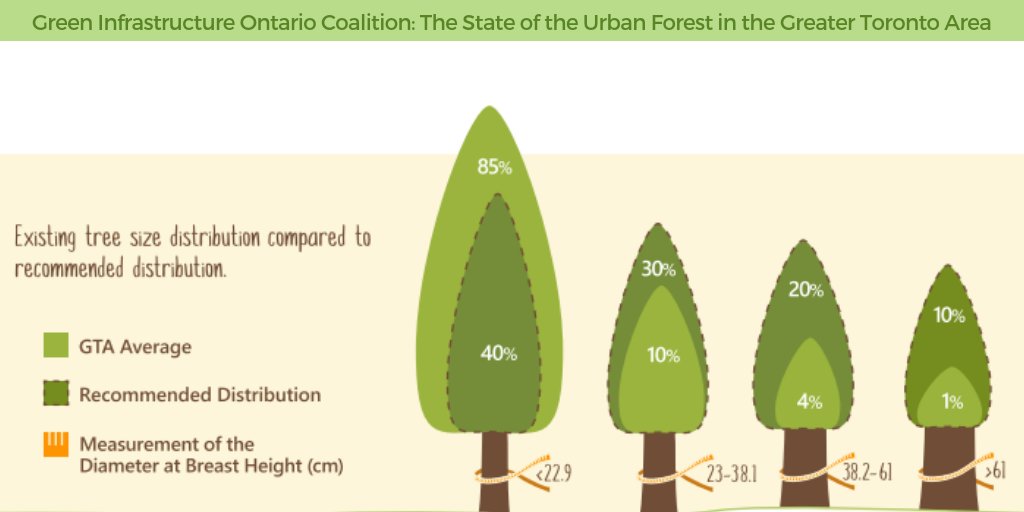Guarding Your Landscape: Replanting After Tree Removal
Guarding Your Landscape: Replanting After Tree Removal
Blog Article
Posted By-Hartley Upton
Tree elimination can leave a space in your landscape that needs dental filling. You can grow something new in that room, however it takes added care and attention at the beginning to help it thrive.
The dirt because location will maintain altering in time as microorganisms break down the old origins. please click for source can impact the vitamins and mineral equilibrium and physical room for new growth.
Dirt
The dirt in a plot where a tree has been gotten rid of is most likely to be very different from the rest of your yard or lawn. The origins of the old tree and the stump will certainly have altered the soil, removing some nutrients and possibly crowding out various other plants. In addition, if the previous tree was infected, the transmittable representative may still remain in the ground.
The presence of roots fosters an abundant and varied neighborhood of dirt microbes that enhances essential processes like nutrition cycling and organic matter decomposition. Without these microbes, the displaced soil can come to be less fertile and nutrient-depleted, with an adverse impact on plant development.
Prior to replanting, the dirt must be eliminated of debris and natural product (such as timber chips from stump grinding). You may wish to mix in potting dirt or native dirt with this garden compost to give your brand-new planting with an atmosphere that is well balanced and packed with nutrients.
Water
Tree roots absorb big quantities of water from the dirt. This procedure additionally includes nutrients back to the soil, specifically nitrogen, which is important for brand-new trees and plants. Regrettably, old soil can be diminished of these vital minerals because of the decaying roots and stump from an eliminated tree.
This is why it's important to have a prepare for the future of your landscape. Preferably, the best time to plant is when you have a fresh start.
Whether you're planting yard or blossoms, ensure to make use of a soaker pipe to stay clear of overwatering your new landscape design. If the location was a yard, see to it to cover the dirt with organic compost to aid keep wetness in the dirt, control soil temperature levels and reduce weeds. This also gives a layer of security for young plants and promotes worm task. After that, routinely replenish the compost to continue improving the dirt nutrient thickness and microbial life. This is called soil reconstruction.
Light
Trees are a fantastic enhancement to any landscape, giving color, visual pulchritude, and numerous other benefits. Nonetheless, in some cases trees end up being unsightly due to a variety of reasons, including illness, parasite problems and all-natural aging.
In such cases, it may be required to eliminate a tree. It's important to consider the worth of a particular tree in your landscape design and take the proper actions to make sure that the removal is done securely and successfully.
During the late summer, it's an optimal time to perform upkeep and evaluations on existing trees. Try to find indicators of condition, insect problems, or architectural damages, in addition to any kind of possible threats such as damaged or leaning trees.
Prior to starting any kind of building jobs, make certain to secure the root zones of existing trees by staying clear of dirt compaction and rating around them. Raw material, as it breaks down, can generate poisonous gases that are harmful to the origins of a tree. It's additionally an excellent concept to mulch the location around a tree after building has actually completed to save wetness and reduce weed development.
Temperature level
Trees are essential to a landscape for their visual appeal, yet they also play a crucial role in the local ecological community by offering color and windbreaks. They support wild animals habitats and lower the amount of carbon dioxide airborne, which can contribute to international warming. This is why it is advisable to replant trees after eliminating one from the residential or commercial property.
When replanting a brand-new tree in the area of a previous stump, the soil might not have enough nutrients to support it. It is best to wait on a year before planting to make sure that the dirt will be abundant in nutrients.
To ensure that replanted trees thrive, it is important to supply them with correct care. A layer of compost will maintain soil moisture from vaporizing, regulate soil temperature level, and aid reduce weeds. Organic mulch is the preferred option because it boosts dirt fertility. Ongoing fertilization and pest control are additionally necessary for replanted trees.